Leica M9 in The Palouse
By Ashwin Rao – See his blog HERE
Hi, friends. My last article featured the Pentax 645D in the Palouse. As much as I was excited to try out a new friend, the 645D, on this trip, I brought along my long-term photographic muse, the Leica M9, for the ride. I continue to find the M9 to be the best camera for a wide variety of work. It is not often talked about as a landscape camera, but the M9 (and all M’s before it) can do a great job capturing nature and landscapes in a variety of lighting situations. Along with with the M9, I used the 21 mm f/3.5 Super Elmar, the 50 mm Summilux Asph, and the 135 mm f/3.5 APO-Telyt to the beautiful Palouse.
Here are some of the images produced using the lovely Leica M9 and these lenses. I hope that you enjoy them as a set to accompany my Palouse 645D article.
Best,
Ashwin

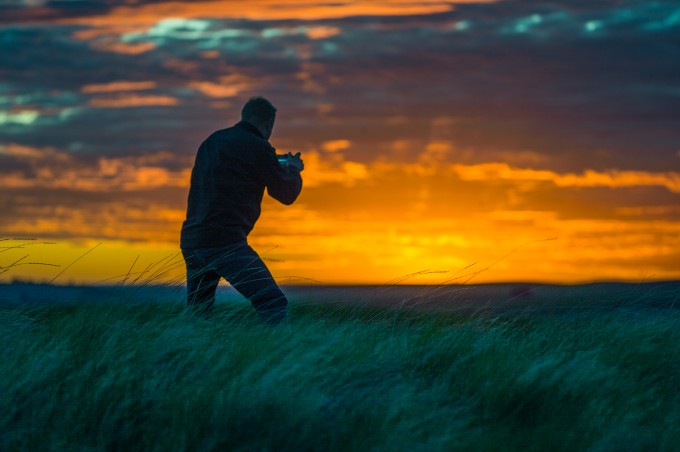
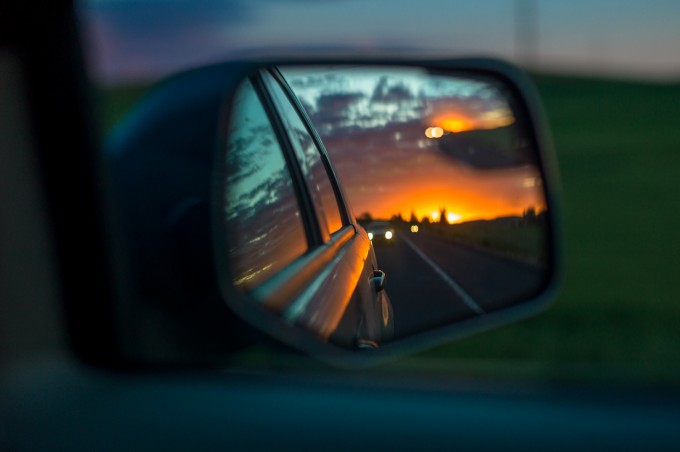
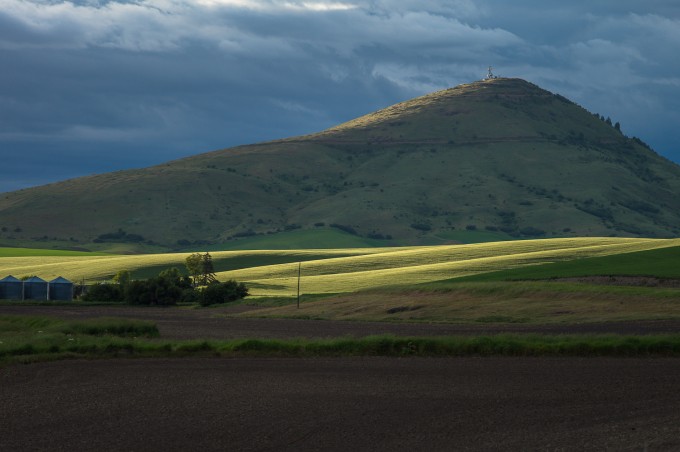

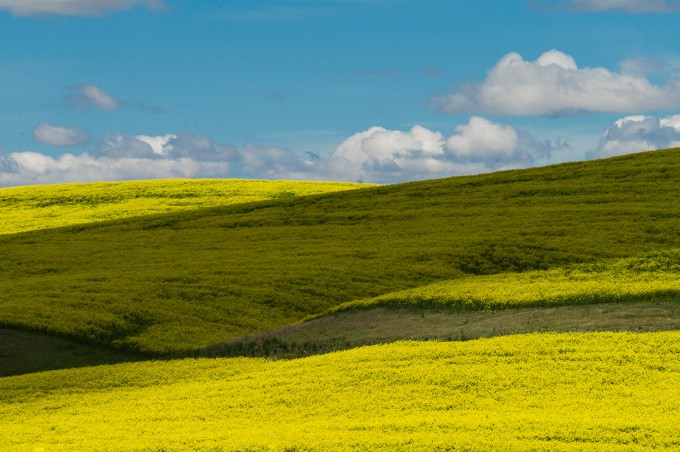
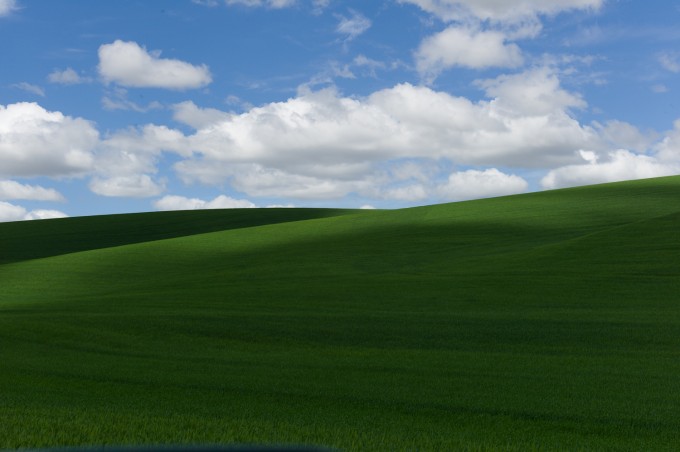
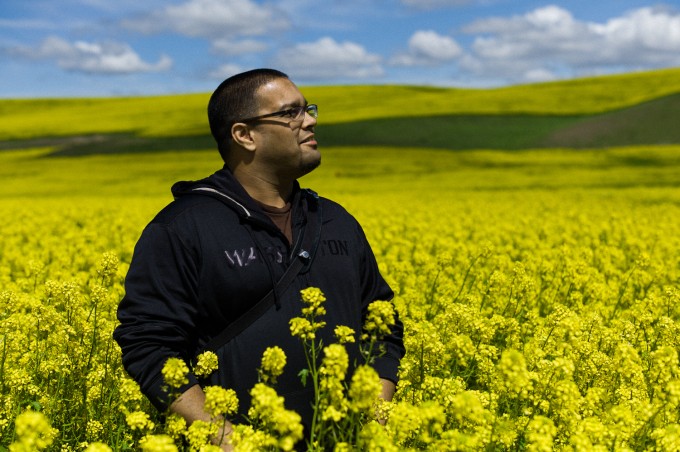
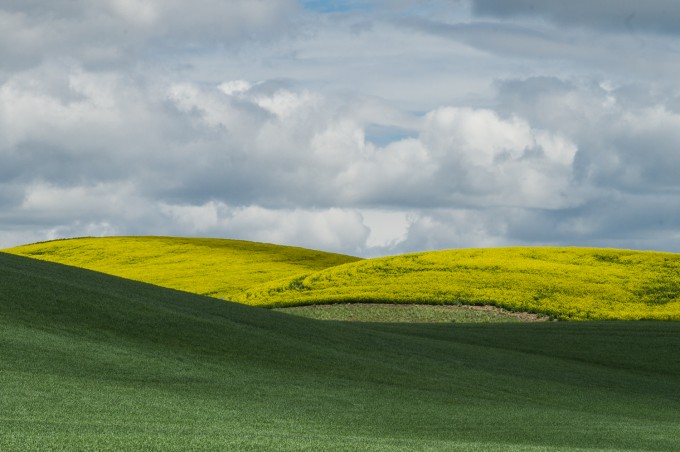
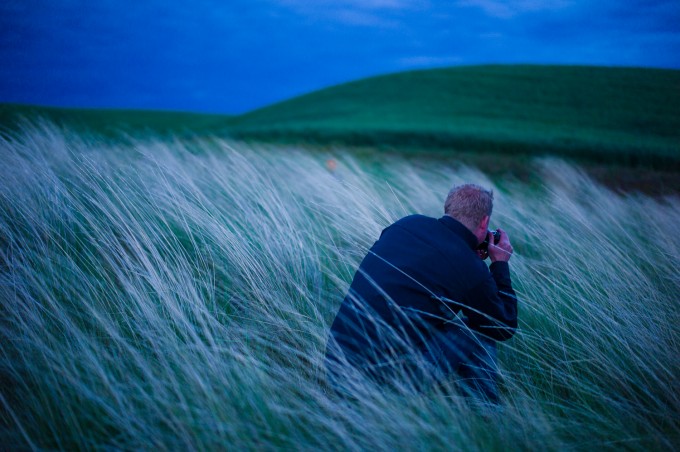
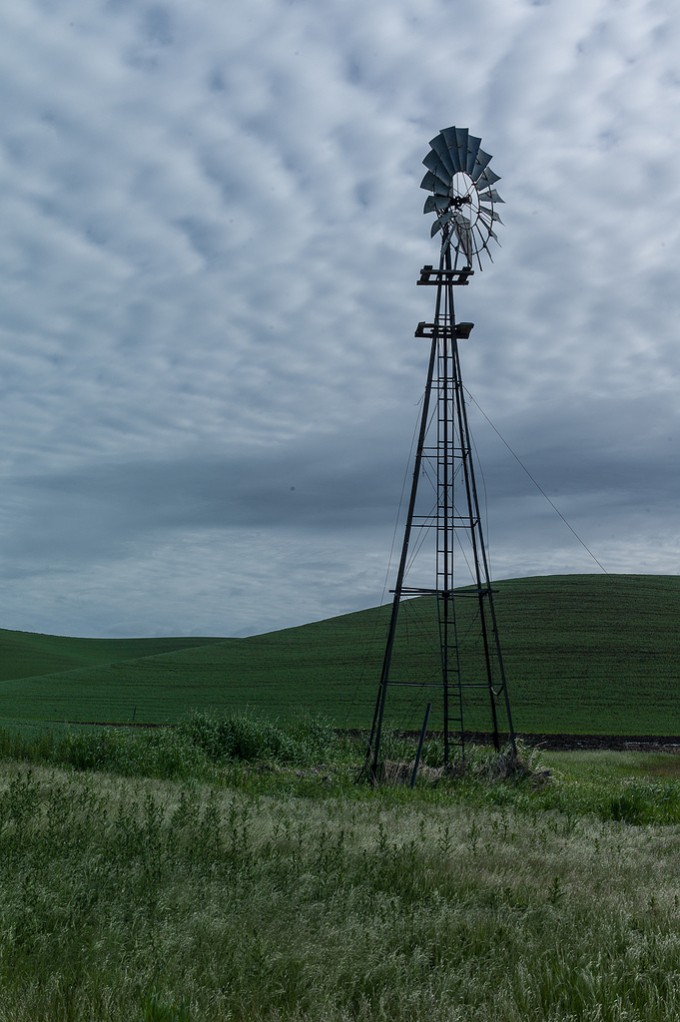
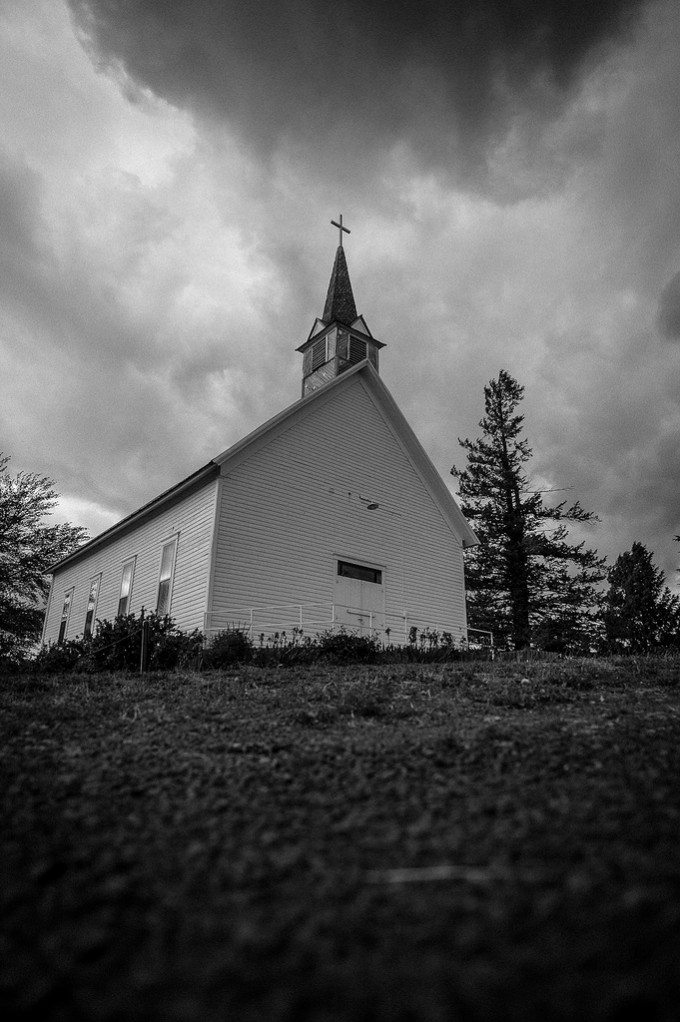
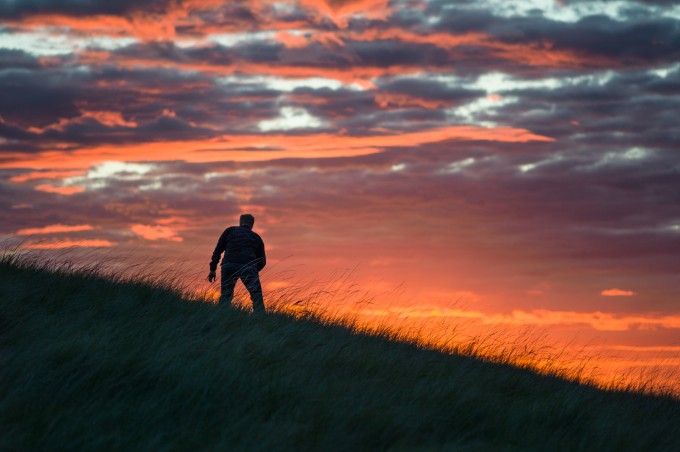


Wow! Simply stunning! Thanks for posting.
~Tom
Color, color and one B&W? Why mess up the page with an image that does not fit?
Otherwise OK for the most part.
The 6th : windows xp background like! =)
Ah yes, I wonder whether the XP desktop designer did a trip out to the Palouse to make that image….I felt like I had walked into that wall paper on several occasions
It’s great to see simple, beautiful landscapes which credit the viewer with the intelligence to not have to be led through the scene. I used to subscribe to Amateur Photographer here in the UK but got so bored of landscape shots with a cluster of glistening rocks in the foreground of a perfectly calm lake at sunset, that I cancelled. Refreshing to see others not slaving away to the “rules” of landscape photography. Anyone else reminded of Windows XP by shot no. 6?
Thanks, Mark. I have hesitated from receiving too much “formal” training for this effort, preferring to study monographs and try to understand the theories and patterns behind what appeals to the photography to which I am drawn and attempt to move my own photography in similar directions
Oh I love those Ashwin Rao posts!!
Thanks, Celia!
I like Henrik’s comment. I purchased my NEX7 to shed weight and bulk of large format but have on occasion attached a RRS L Bracket and used it on a full sized ball head with large tripod. Like a mini view camera without the reversed image. Slows me down so that my landscape compositions are better seen and makes me feel more into each image just as the view cameras did. Only now I can flip a lever on the quick release and stick the whole outfit in a jacket pocket. I continue to be amazed at the IQ of this little camera with the Zeiss lens, 11×17 prints are really nice. Your Palouse/Leica post is great and illustrates what a skilled photographer can do with Leica landscape work.
wonderful.
I use an iPad and a eyefi card with the M9. It’s very useful for checking focus.
Good call. When one can work this into their flow, that would seem to be a great way to work around this matter.
hi Paul,
can you explain a bit more how you do this? Sounds interesting for non-journalistic assignments!
Sure,
Buy the X2 Pro Eye-Fi. Buy the iPad app called Shutter Snitch.
Set the M9 to DNG+JPG and set the Eye-Fi card to transmit JPG only.
The card uses an AD-hoc connection and speaks with the iPad or Laptops wireless and sends them over. Dead simple.
Because of the M9’s baseplate the iPad needs to be relatively close but 5m is OK. The connection sometimes drops out but as soon as it reconnects it continues transmission. I find it works really well and certainly see that it is the future.
There are warnings of incompatibility with the M9 but it works great for me on iPad, Macbook Pro and Mac Pro.
What a great demonstration of Leica optics. Given the compact nature of the system and all round quality, I’m surprised that we don’t here more about the M9 amongst landscape pro’s. Great stuff Ashwin
THanks. Peter, I hope to use the M9 more for landscape. I think one of the limitations is the LCD in back is terrible, and makes it hard to preview images and determine critical sharpness, which is valued so much in landscape work. That being said, the sensor itself is a gem.
wow really great shot sir Aswhin, nice stunning with M9 and outstanding with your pentax 645 med format, ^ ^ nice
Thanks, Yonathan. I adore your pics as well!
Great pics, Ashwin. The technical quality of both formats is as much as most people would ever need. But, your style changed when you went from a larger, slower camera to the M9, IMHO. Both sets of shots are great, but the 645d ones to me, are a little better. Not because of M9 vs 645d, but because the nature of the MF just slows things down a little.
Hi Harry, you are absolutely right. The styles of shooting were very different with both caeras. I very much agree with your assessment…
I agree there is a style difference, but I’m not sure I prefer the Pentax images. Many seem more calculated, while some of the Leica images have a certain emotional quality both compositionally and in post that I believe is lacking from the Pentax set, at least in images 1, 2, 9 and 12 above. I’m not sure exactly how to describe it…
To me it seems you have yet to find your post processing ‘comfort zone’ with the Pentax. Compared to the Leica files above, many from the Pentax look like they will benefit from a revisit after you’ve had more time with the camera and processing the files. But this is likely something everyone goes through with a new digital camera. I certainly do!
Great images nonetheless in both sets!
Thanks, Ron. And yes, you are correct. I am far more comfortable with the limits of M9 files compared to pentax files…that being said, I enjoyed processing my first take on the 645D files quite a bit, but much remains to be learned…and the nice thing is that one can always return and reprocess the files if needed.
Hi Ashwin, First of all I have to say that both sets of images are outstanding but that is what we have cope to expect from your work!
The difference I see in the two sets is that M9 images have more immediacy with a closer human scale whilst the 645D images have a grand, timeless quality more akin to a large scale painting. You seem to have intentionally used the 645D to capture a larger canvas than with the M9. I would surmise that the 645D photographs are capturing more of the “feel” and atmosphere of the Palouse but that is really driven by your choices and instinctive response to each tool.
Great shots Ashwin. I prefer your Pentax 645 shots though. These images look a little flat. Maybe because we have seen the 645 images before seeing these.
Mo
THanks, Mo….
Beautiful shots. Talent, gear, landscape, weather, all coming together in these, thanks for sharing.
Very kind of you to say this, Retow. It’s much appreciated!
Beutiful ashwin! But on the windmill photo , is it oil on the sensor? I have the same in my pictures! Thanks.
Hi Ricardo, its probably dust, due to the rapid and occasional lens changes, as I didn’t see it on later images…Oil can be an issue and was on my prior M9’s sensor.
Thanks for sharing these beautiful images, and thanks again for the 645D article and its beautiful images.
Thanks Rex!
THanks, Dennis, Markus, Mazor, and Kofeel!
#9 is a stunning image! Love the whole set though. 🙂
WOW…. fantastic shots…
Love these images, extremely inspiring
Lovely pictures, Ashwin!
On the subject of “grandness” of medium format pics compared with m9 ones – One has to consider, more than anything, the philosophy (followed by the practicality) of using a larger, more cumbersome and slower machine. The sheer operation of a lets say 10×8 large format sheet film camera would nearly by default create that grand looking image – not because of quality (I have seen grand images from large format cameras that were not so technically impressive) but because the author/photographer has to slow down, consider the subject and take in the scenery, rather than catch it on the fly (the moment) – so if its grand you are after I suggest to build a sort of slow down box around the m9 (also camouflage) because the file quality will for sure be there to achieve grandness in a landscape, or maybe easier just mount the little critter (the m9) on a big ass wooden tripod and most definitely use a cable release.. happy days!! ps. last image is absolutely great!
Interesting thought…and one that I think has some truth in my case. However, I do feel thet the factor of the larger sensor does have an effect, given the difference once can perceive in images between point and shoot crop sensors in comparison to 35 mm. I think there’s an effect to sensor size and type (CCD vs CMOS) which are much harder to describe and identify, that factor into the overall look of the image and the presence of the image….
Outstanding images!
Ashwin,
I enjoyed the article and pictures. Do you find that the big files are OK to work with on your computer?
I’m toying with the idea of getting a film 645, scanning the negs, and possible getting the 645D in the future. I should probably be happy with my new M/43 gear…
Dwight
Oops! I thought I was commenting on the 645 article. This one is nice as well. 🙂
No worries at all, Dwight! I appreciate the comment, no matter where it was posted….The Big files are fine to work with on my computer, but I have a powerhouse 6 core desktop. I suspect that most dual core machines will be laggy with 645D files.
These are wonderful Ashwin, hard to pick which one is best. Very good work.
Regards
Anand
Much appreciated, Anand!
Love the light in #3, Ashwin! I see a stunning b&w image there….
Thanks, Rich. I’ll give it a try!
It still amazes me how very different MF looks from 35mm. The M9 does a great job, but the shots from the 645D just seem more “Grand” even at web resolution. It sort of looking at a movie shot by Brian DePalma (M9) and watching something shot by David Lean (645D)
Still well done with either system Ashwin. In the end it’s the shot that matters, whether you shot it with a pinhole camera or a 213mp Better Light Back on a Sinar, excellent job.
Thanks, Sandy. I totally agree. Part of it may have to do with how I “saw” the scene with different gear, but yes, the 645D has a certain grandiosity about in line with its MF roots, and the M9 excels, albeit on a smaller stage…